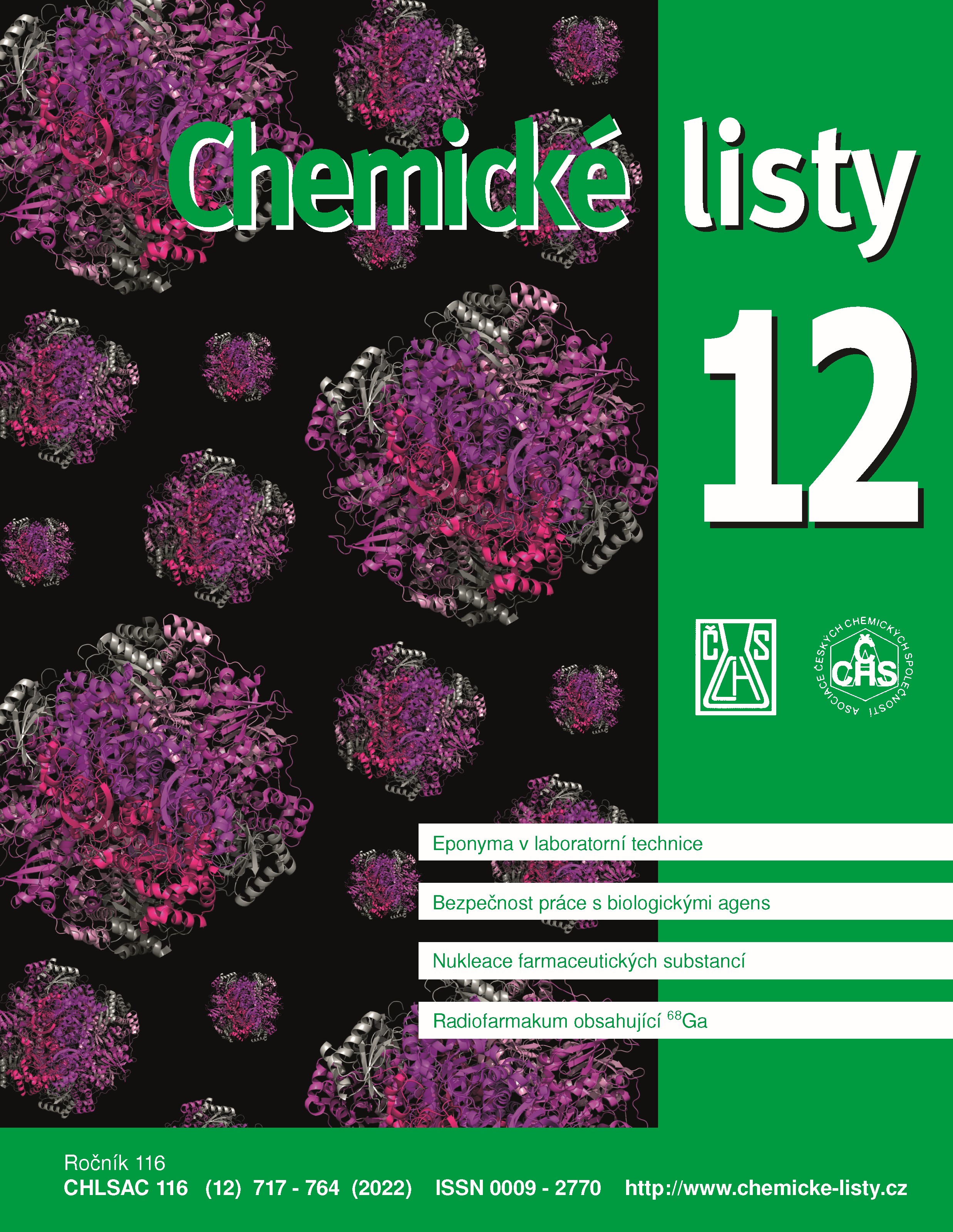Eponyms in Laboratory Equipment
Dedicated to the 100ᵗʰ anniversary of the birth of doc. RNDr. PhMr. Miroslav Malát, DrSc.
DOI:
https://doi.org/10.54779/chl20220719Keywords:
didactics of chemistry, history of science, history of chemistry, identity of chemists, laboratoryAbstract
In the chemistry laboratory, we can find plenty of tools that bear the name of their creator. Such names are called eponyms. The article presents 72 of the most commonly used representatives of eponymic names in the laboratory technique. Their primary sources (where possible) and actual creators were identified by excerpting historical chemical literature including rare and not easily accessible items. The article shows that some eponymic names are not based on the name of the discoverer, but rather on the names of the manufacturers (e.g., Griffin beaker), the names of those who popularized the device (e.g., Liebig condenser), or who were associated with it because of their fame (e.g., Willstätter needle). Eponymic names in the laboratory technique are not only a legacy of the past and an important means of communication in contemporary chemistry, but they can also be used to communicate chemistry to students and lay people, using interesting stories hidden behind them.
Full text English translation is available in the on-line version.





